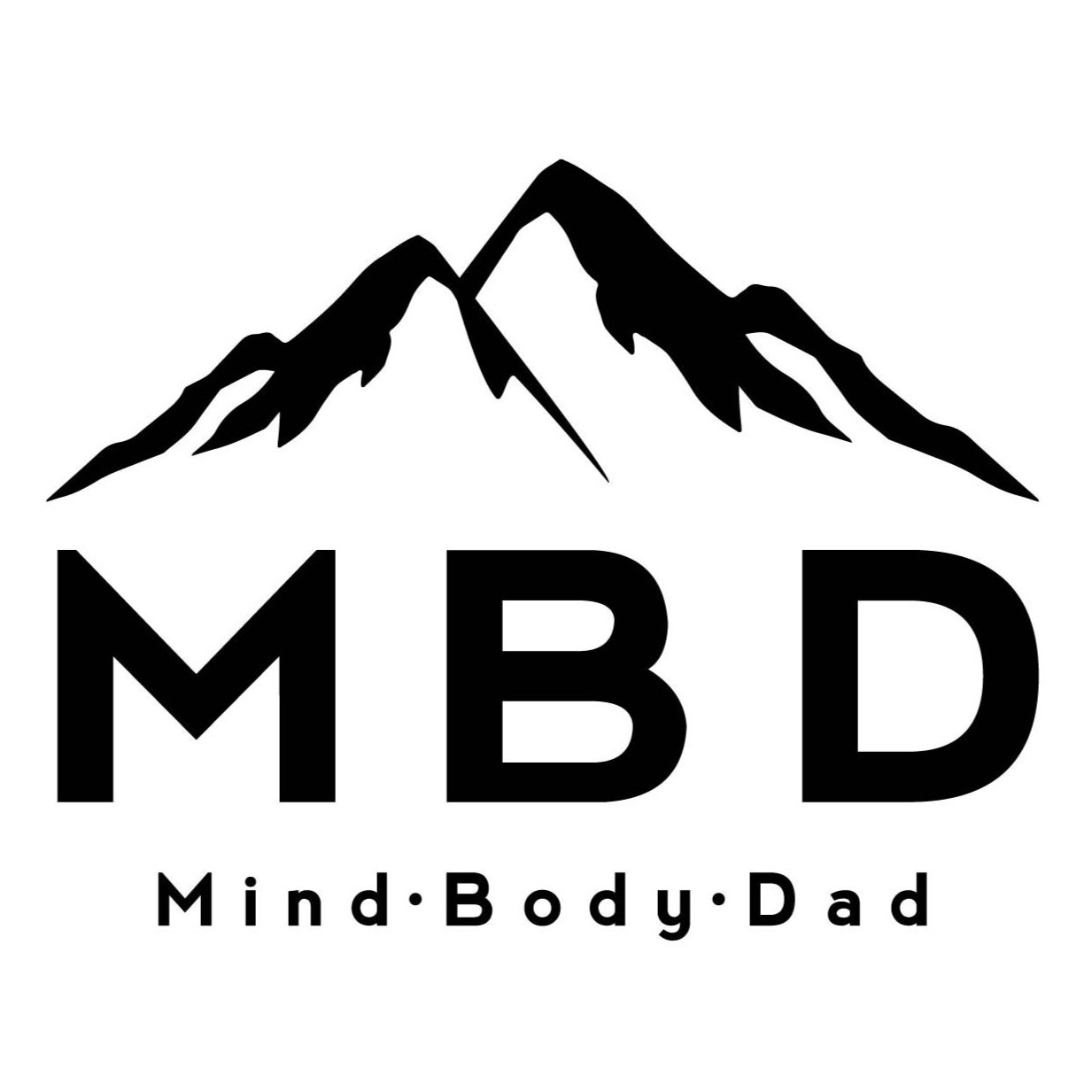The Best Minimalist Shoes for Kids (and Why It Matters)
"Barefoot is best. Feet are designed to work best in their natural state, and that’s barefoot."
—Dr. Emily Splichal, Podiatrist
If you’ve ever watched a toddler walk barefoot on grass or sand, you’ve seen the magic of natural movement in action—stable, exploratory, and surprisingly agile. That’s how feet are meant to function. But when we stuff developing feet into rigid, narrow shoes with thick soles and toe springs, we interfere with that natural design and possibly set kids up for decades of foot issues like bunions, flat arches, and plantar fasciitis.
In the last decade and a half, I’ve discovered the importance of foot strength and the importance of minimizing cushion, especially from a young age. Kids aren’t born broken. They don’t need arch support or a molded heel cup. What they need is freedom: wide toe boxes, flat soles, flexible materials, and the ability to feel the ground. In other words, barefoot shoes—or at least ones that mimic that experience.
Let’s walk through what makes a good minimalist shoe for kids and some of the best options out there right now.
Less is best. Barefoot when you can, minimalist shoes when you can’t.
What Makes a Shoe “Barefoot” or “Minimalist”?
Not every flexible shoe with a cute print is truly barefoot. Here’s the WTFF criteria to look for:
Wide toe box: Enough room for toes to splay and grip naturally
Thin sole: Better ground feel and proprioception
Flat sole: No heel rise or toe spring (“zero drop”)
Flexible materials: The shoe should twist, bend, and move with the foot
Why This Matters for Growing Feet
Children are born with a nearly perfect foundation—flexible bones and naturally aligned posture, which are vital for the development of their overall strength, balance, sensory processing skills, and coordination. When we restrict their natural foot movement, however, with ill-fitting or overly supportive shoes, we compromise more than just their feet. This interference extends all the way upstream, affecting ankle mobility, knee alignment, hip function, and even spinal mechanics.
The foundation for proper alignment and movement is set in those early years. When feet are confined, their ability to develop strength, stability, and sensory feedback from the ground is significantly hindered, leading to issues that can follow them into adulthood. Let them move. Let them feel the ground. Barefoot movement, when safe, is essential for their development. And when shoes are necessary, opt for footwear that allows the feet to move as naturally as possible: barefoot-style shoes that promote optimal foot function.
Best Minimalist Shoe Brands for Kids
Here’s a breakdown of great minimalist shoes for kids by category, all of which meet key barefoot criteria:
Everyday Active Shoes for Toddlers & Kids
Great for school, play, and running around.
Plae (some models)
Ten Little (note: slightly stiffer soles than most)
Water Shoes
Perfect for rainy days, puddle-jumping, and outdoor adventures. I actually prefer these to most other shoes most days (and so do my kids).
First Time Walkers
Super soft, ultra-flexible, and protective enough for little explorers.
Final Word: Let Them Be Barefoot
Whenever it’s safe and practical, skip the shoes altogether. Let your kids go barefoot in the yard, on the beach, at the park, and always in the home. The more their feet engage with the ground, the stronger, more coordinated, and more stable they become.
As a parent, I’m always weighing convenience, cost, and what’s best for development. Barefoot-style shoes hit the sweet spot and you don’t need to break the bank. We usually rotate a few pairs based on season and activity, keeping the softest, most flexible pair for everyday use.
The real goal is to set the foundation for better movement, empowering their feet to thrive for years to come.
We’re living in a golden age of minimalist shoe design, so if there’s one out there that I didn’t mention, please put it in the comment section below.
Related:

